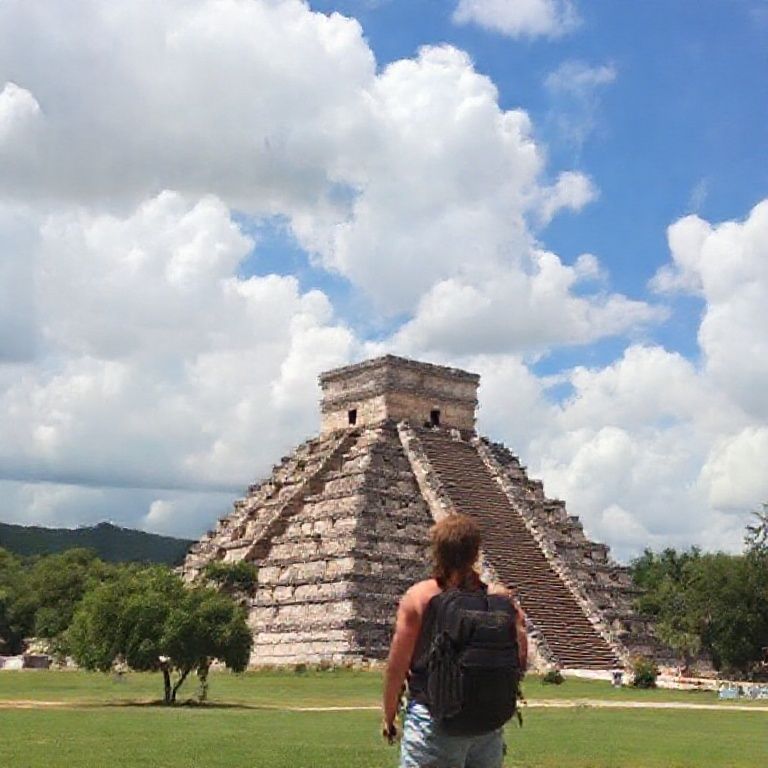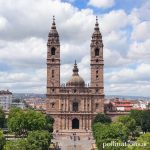Chichen Itza, a majestic city steeped in Mayan history, draws visitors from around the globe. While guidebooks and online resources offer a wealth of information, nothing quite compares to the insights shared by a local guide who has spent years immersed in the site’s rich tapestry. Today, we have the unique opportunity to engage in a Q&A session with a seasoned Chichen Itza guide, uncovering hidden stories and perspectives that breathe life into these ancient stones.
Join us as we delve into the heart of Chichen Itza, guided by the expertise of someone who calls this wonder their backyard. Prepare to have your understanding of Mayan culture deepened and your appreciation for this UNESCO World Heritage site enhanced. Let’s unlock the secrets of Chichen Itza through the eyes of a local expert.
Meeting Our Guide: A Local Perspective
Our guide, Miguel, is a third-generation resident of a nearby Mayan village. His intimate connection with Chichen Itza is not just professional; it’s deeply personal. Miguel learned about the site’s history from his grandfather, who in turn heard stories passed down through generations. This oral tradition, combined with formal education, gives him a unique perspective that transcends typical tourist information.
Q&A: Unveiling Chichen Itza’s Secrets
Let’s dive into the Q&A with Miguel:
What is the most common misconception visitors have about Chichen Itza?
“Many visitors believe that Chichen Itza was solely a religious center,” Miguel explains. “While religion played a significant role, it was also a thriving commercial and political hub. The Mayans were skilled traders, astronomers, and mathematicians, and Chichen Itza reflects their multifaceted society.”
Can you share a lesser-known fact about El Castillo (the main pyramid)?
“Most people know about the serpent descending during the equinoxes,” Miguel says, “but few realize the pyramid is a sophisticated calendar. Each of its 365 steps represents a day of the year. The 52 panels on each side symbolize the 52-year cycle in the Mayan calendar, and the 18 terraces represent the 18 months of the Mayan Haab’ calendar.”
How has tourism impacted the local Mayan communities?
“Tourism has brought both opportunities and challenges,” Miguel acknowledges. “It provides employment and income for many families, allowing them to preserve their traditions and way of life. However, it also puts pressure on resources and can sometimes lead to cultural exploitation. Sustainable tourism practices are crucial to ensure that the benefits outweigh the drawbacks.”
What is your favorite spot in Chichen Itza and why?
“I am drawn to the Great Ball Court,” Miguel shares with a smile. “It’s the largest of its kind in Mesoamerica and the energy there is palpable. Imagining the intensity of the games played centuries ago, the cheers of the crowds, and the significance of the ritual… it truly transports you back in time.”
What advice do you have for visitors to Chichen Itza?
- Come prepared: Wear comfortable shoes, bring sunscreen, a hat, and plenty of water.
- Hire a local guide: You’ll gain a deeper understanding and appreciation for the site’s history and culture.
- Be respectful: Remember that Chichen Itza is a sacred site. Avoid climbing on the ruins and dispose of your trash properly.
- Support local artisans: Purchase souvenirs directly from Mayan artisans to help support their livelihoods.
Preserving the Legacy of Chichen Itza
Miguel emphasizes the importance of preserving Chichen Itza for future generations. He advocates for responsible tourism, cultural awareness, and continued research to unlock more secrets of this remarkable site. By working together, we can ensure that Chichen Itza continues to inspire and educate for centuries to come.
Conclusion
Our Q&A session with Miguel offered a glimpse into the heart and soul of Chichen Itza, revealing layers of history, culture, and personal connection. From debunking common misconceptions to sharing hidden facts and offering practical advice, Miguel’s insights have enriched our understanding of this ancient Mayan city. By embracing sustainable tourism practices and respecting the local communities, we can all contribute to preserving the legacy of Chichen Itza for generations to come.
If you enjoyed this article, don’t forget to explore more inspiring stories on Life in Mexico!
IMAGE: A warm, candid photo of Miguel, a Mayan tour guide in his late 40s, standing near El Castillo in Chichen Itza. He’s wearing a traditional embroidered shirt and a comfortable straw hat. The background shows the pyramid bathed in the golden light of the late afternoon sun. He is smiling genuinely, looking directly at the camera with a welcoming expression. The overall mood is authentic, friendly, and informative. The style is documentary photography.


